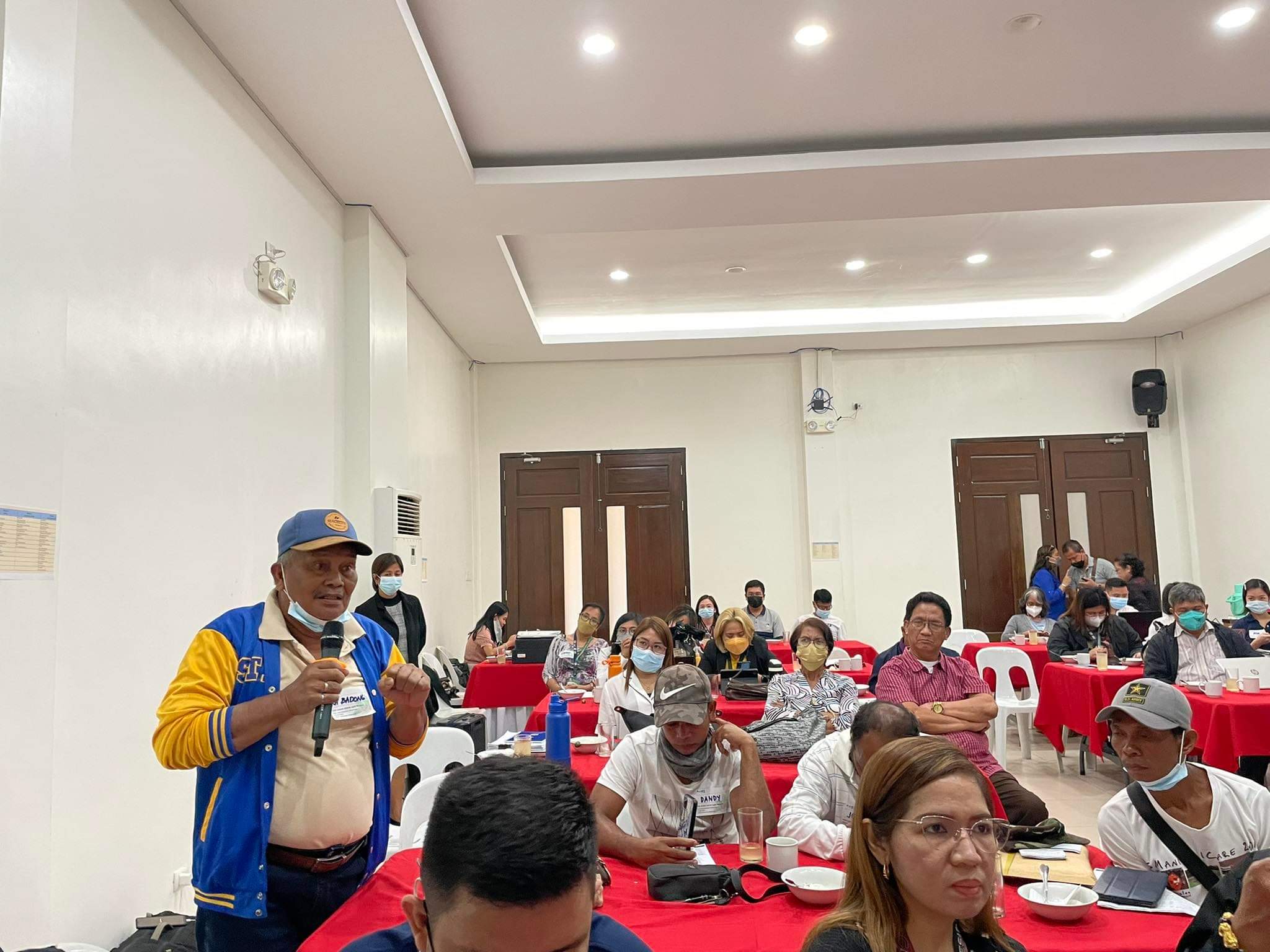
DOÑA REMEDIOS TRINIDAD (DRT), Bulacan–Dumagat communities in this mountainous town and adjacent areas express disappointment over government’s biodiversity project which only plans to involve Aeta communities in Pampanga, Bataan and Zambales in developing a medicine out of the genetic Banaba but which also abound in their communities within the Sierra Madre Mountain ranges of Bulacan.
Liberato Sembrano, leader of the 8,000 Dumagat tribe members in 22 communities in this town, Norzagaray and City of San Jose del Monte said Banaba trees abound in their ancestral domains in the more than 62,000 hectares of Angat Watershed in Bulacan Sierra Madre mountain range areas.
He expressed concern the government do not include in the project that would help them benefit for their livelihood.
“Dumagat are also in need of government projects and support. We lack income especially these days. Our ancestral domain have abundant trees and remain a virgin forest. Banaba trees are all over here,” Sembrano said.
Earlier during the week, the Department of Environment and Natural Resources (DENR) Biodiversity Management Bureau with the support from the United Nations Development Programme (UNDP) in the Philippines joined by other partner agencies conducted a two-day inception workshop with Aeta representatives and other stakeholders implementing the Nagoya Protocol on Access and Benefit Sharing (ABS) for the development of Banaba into a medicine in the near future.
Anthony Foronda, project manager of ABS Project said their current road map for a Banaba medicine sees the abundance of Banaba in the ancestral domain of Aetas in Pampanga, Bataan and Zambales which can sustain the need for the genetic materials.
Foronda said the areas of the Dumagat in the Sierra Madre mountain range in Bulacan is not seen today as a potential source of the endemic specie.
The Aetas will become partner as they are task to propagate and sustain the abundance of Banaba and they are seen to benefit from the fare share in the equity of the project through a 2% from the gross sales in the royalty under the ABS.
DENR Undersecretary Analiza Rebuelta-Teh said implementing the Nagoya Protocol on ABS is necessary and must be done through a framework and developing national and local capacities to advance the fair and equitable sharing of benefits from using genetic resources.
Teh said other endemic specie in the country have already been used and developed by other countries without giving a due equity and sharing with the local communities. identified some cases for the ABS Project, noting that, “Biopirated genetic resources in the Philippines have been patented without proper recognition and reward to the sources. A few examples are the oil extract of ylang-ylang flowers which was patented for high-class perfumes; saluyot, which a foreign company manufactured for its anti stress drug and other Filipino herbal medicine like sambong, lagundi and takip kuhol”.
Teh said the UNDP Philippines commissioned a study identifying that the country loses an estimated USD 8.1 million annually in foregone royalty earnings for a single pharmaceutical product derived from a Philippine genetic resource that was patented by a foreign company.
Foronda said after the research and development on the potential of Banaba, they expect private pharmaceutical companies to manufacture the medicine similar to today’s Lagundi cough medicine.
The study on Banaba together with Pili which abounds in Albay, Camarines Sur and Sorsogon started in 2019 and is expected to be completed by 2027.






